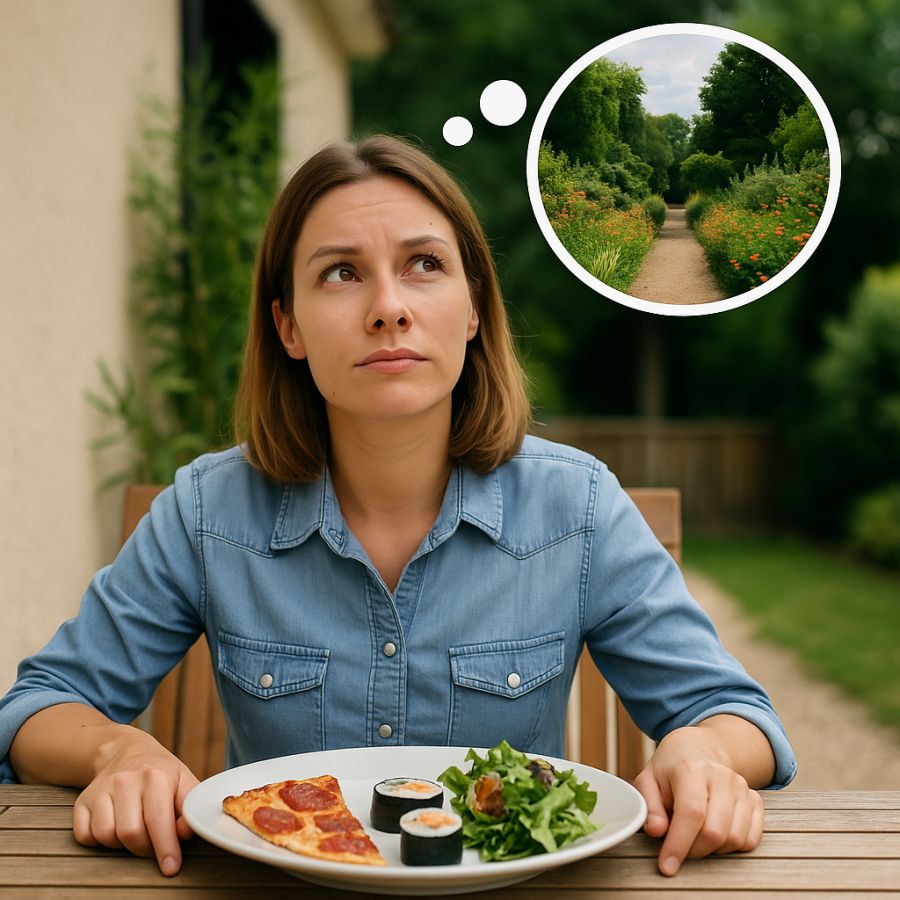Have you ever found yourself staring at a restaurant menu, unable to decide what to order? Maybe you wondered, “What if I pick the wrong thing?” or thought, “I wish I’d chosen the other one.” At first glance, it seems like a simple situation — but it’s actually a powerful metaphor for how our minds create reality.
In neuro-linguistic programming (NLP), this concept is known as “menu vs. meal.” And as Robert Smith, founder of FasterEFT, explains, it reveals one of the most important truths about life: we don’t experience reality itself — we experience our version of it.
The Menu Is Not the Meal
The menu represents your thoughts, beliefs, and expectations. The meal is your real-life experience. And often, the two don’t match. We imagine how something “should” feel, but reality rarely tastes the same as the image we’ve created in our minds.
Robert Smith explains that our thoughts, emotions, and memories are not reality itself — they’re interpretations. Our mind builds a model of the world, and that model becomes our experience, even if it’s far from what’s truly happening.
Imagine you and your friend order the same dish at a restaurant. You feel disappointed, while your friend is delighted. How is that possible? The same meal — two completely different experiences. That’s because each of us is tasting our own inner world.
How the Mind Creates False Realities
Our minds tend to replay old beliefs, memories, and fears. If you believe things never work out for you, your brain will automatically look for proof. If you expect rejection, you’ll notice only signs that confirm it. Your internal “menu” becomes your external experience.
Once we understand this, everything changes. We no longer need to fix the world outside — we can simply change how we interpret it. We don’t need a new life; we need a new way of seeing the one we have.
Taking Responsibility for Your Thoughts
Robert Smith often says: “It’s not the meal you dislike — it’s the meaning you gave it.” That’s the heart of it. When we realize our emotions are responses to inner interpretations rather than objective reality, we can stop reacting and start choosing. We can decide how to see the world — and how to feel within it.
This is where NLP and FasterEFT come in. Through techniques like reframing, visualization, and tapping, we can rewrite old associations and create new emotional patterns. What once triggered pain can become a source of understanding, humor, and peace.
Humor as a Tool for Change
Robert once shared a story about a client terrified of spiders. Instead of long therapy sessions, he used humor. Together, they imagined the spider wearing a clown hat and dancing. The fear vanished. Where there is laughter, fear cannot exist.
That story shows how change happens — not by fighting our fears, but by shifting the meaning we give them. Transformation begins with lightness and curiosity, not force.
The Key Lesson
“Menu vs. meal” is more than a metaphor — it’s a reminder that we never experience life directly; we experience our mind’s version of it. When we learn to recognize the difference between what we think and what truly is, we find freedom.
Just like in a restaurant, sometimes you don’t need to change the dish — only your attitude. Choose a new thought. Choose how you want your life to taste.
If you’d like to learn how to transform your thoughts, emotions, and reactions through the power of FasterEFT, visit my store. You’ll find eBooks that will help you take back control of your inner world — and with it, transform your reality.
